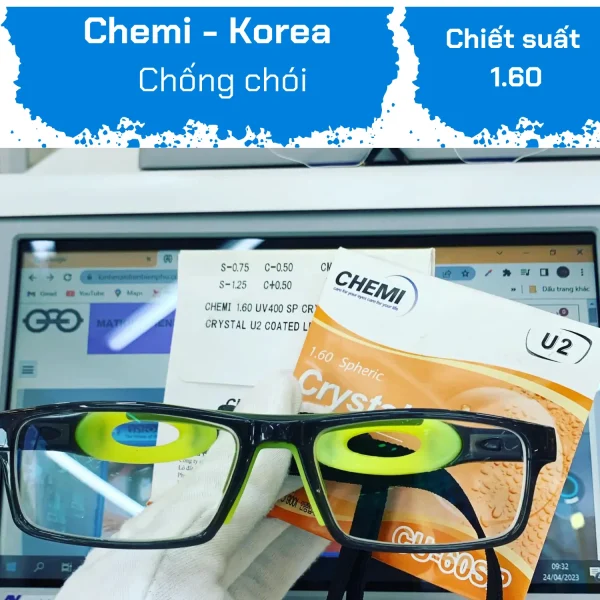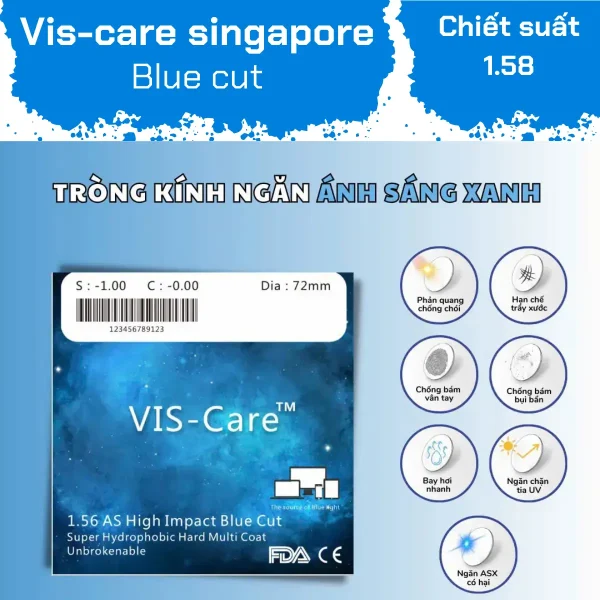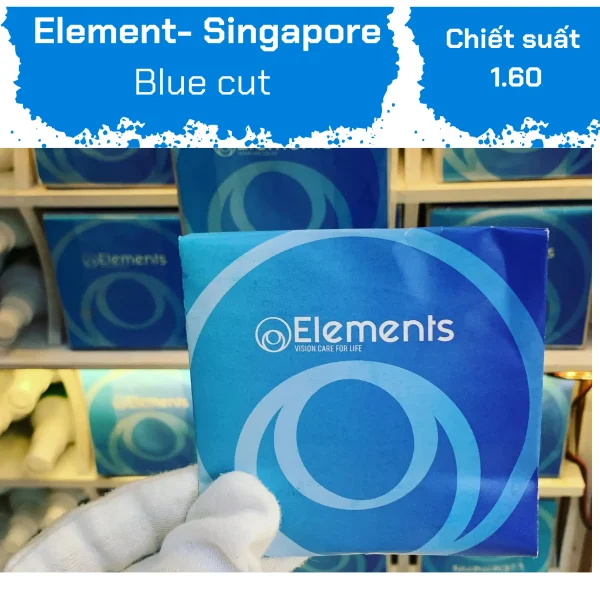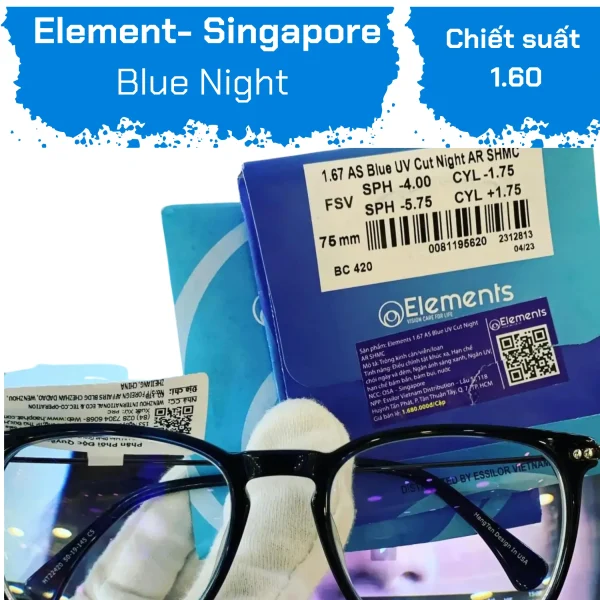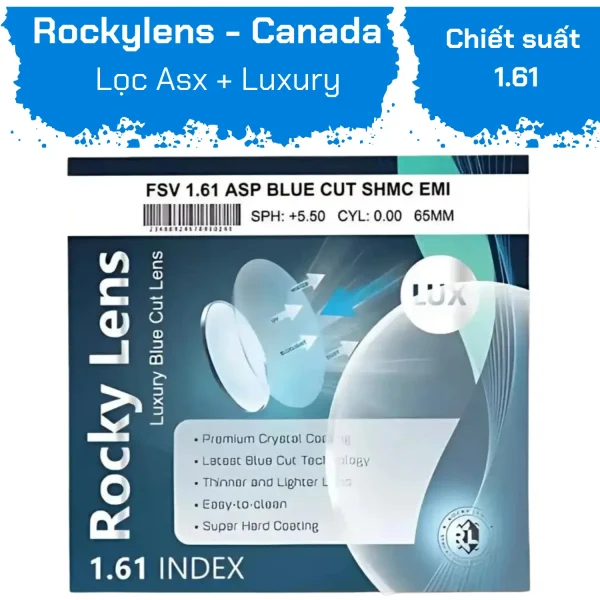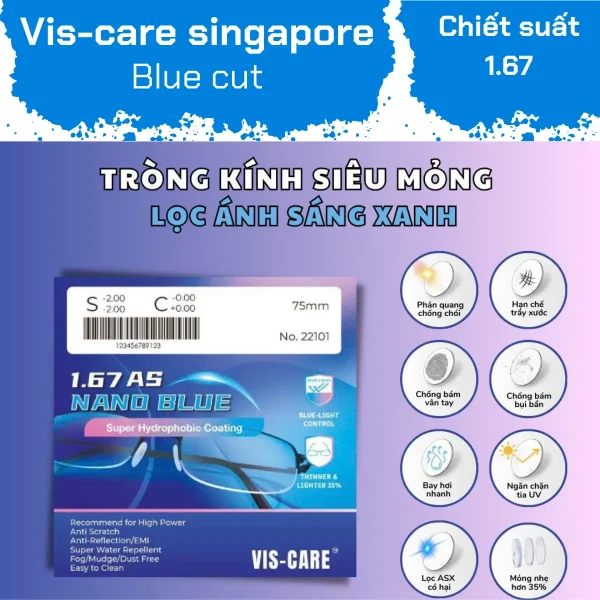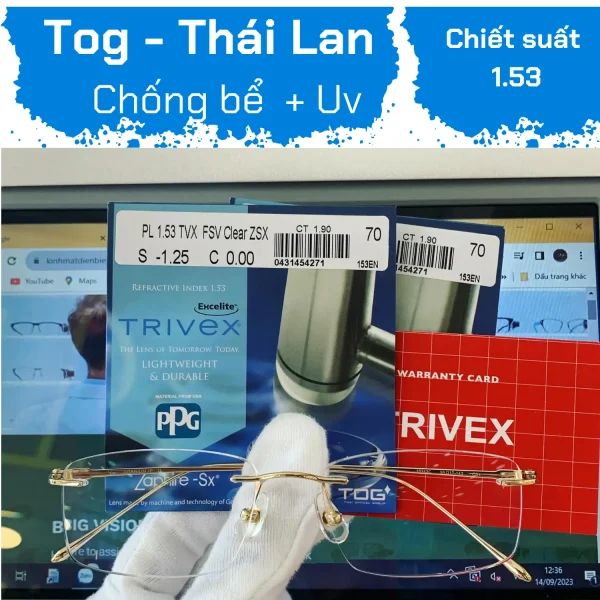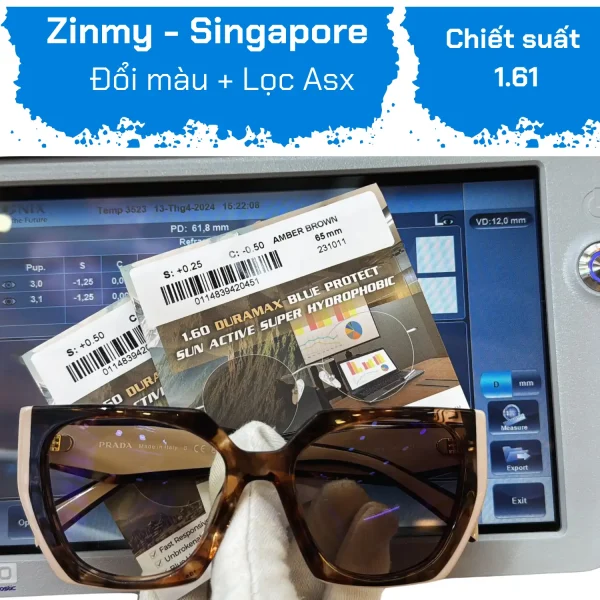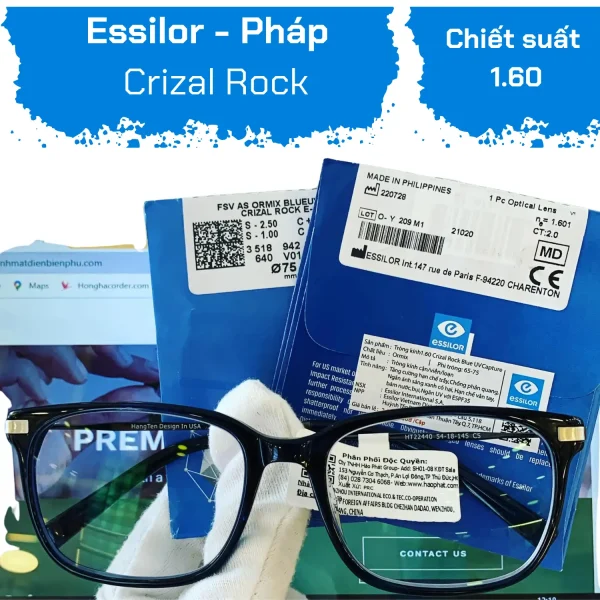One of the biggest headaches for frequent eyeglass wearers is the problem of lenses breaking or falling off during physical activity or work requiring flexibility, causing inconvenience and distraction. Understanding this concern, manufacturers have developed lenses made from optimized materials with special shatter-resistant properties.
So, are impact-resistant lenses really effective? What are their advantages, and which types offer the best shatter resistance? Let Mắt Kính Điện Biên Phủ 529 answer these questions in the article below to help you choose the most suitable lenses.
I. What Are Impact-Resistant Lenses?
Impact-resistant lenses are specially manufactured lenses with superior shatter resistance and high durability. Currently, polycarbonate and Trivex materials are the best choices for your eyeglasses, sunglasses, and sports eyewear. These two types of lenses offer significantly better impact resistance compared to other refractive indexes, while being lighter and thinner than standard plastic lenses. They also provide higher UV protection, making them excellent choices for concerns about lens breakage.
These lenses are typically used with drilled screw-frame or rimless frames.
Recommended users include everyone, especially children, athletes, and those who engage in outdoor activities requiring high mobility.
II. Characteristics of Impact-Resistant Lenses
1. Polycarbonate Lenses
Polycarbonate was developed in the 1970s for aerospace applications. It was used in astronauts’ helmet visors and shuttle windshields. This material was adapted for lenses to meet the need for lightweight, impact-resistant eyewear.
Polycarbonate is a thermoplastic starting as small solid pellets. In injection molding, these pellets are heated until melted, then quickly injected under high pressure into lens molds, cooled, and formed into finished lenses within minutes.
Polycarbonate lenses are known for their elasticity, shatter resistance, and built-in scratch resistance. Their impact resistance distinguishes them from other corrective lenses, making them ideal for active lifestyles and those prone to dropping or scratching their glasses.
Polycarbonate lenses have become the standard for safety glasses, sports eyewear, and children’s glasses. Due to their lower breakage risk compared to standard plastic lenses, they are also a great choice for rimless glasses (where lenses are attached to frames by drilled mounts).
They are lighter and thinner than standard plastic or glass lenses, providing greater comfort without sacrificing optical quality. Polycarbonate lenses do not add thickness for vision correction, minimize distortion, and block 100% of harmful UV radiation.
2. Trivex Lenses
Developed by PPG Industries in 2001, Trivex lenses are lightweight and offer superior impact resistance compared to conventional plastic or glass lenses. Like polycarbonate, Trivex is an excellent safety lens material with outstanding shatter resistance.
Often considered a competitor to polycarbonate, Trivex is regarded as one of the safest lenses on the market. It is made from a uniquely clear, lightweight material that provides exceptional all-day comfort. Thus, you get superior eye protection, sharp vision, and light comfort all in one.
Trivex lenses are made from urethane-based monomers. Their manufacturing involves a slower casting process, similar to that of standard plastic lenses. The liquid lens material is gradually heated until it meets quality standards. This provides Trivex lenses with sharper optical clarity compared to injection-molded polycarbonate lenses.
| Criterion | Polycarbonate Lenses | Trivex Lenses |
|---|---|---|
| Refractive Index | 1.59 | 1.53 |
| Abbe Value | 31 | 45 |
| Density | 1.2 | 1.11 |
| UV Protection | 100% | 100% |
| Impact Resistance | Shatter-resistant, will not tear | Shatter-resistant, may tear around drilled holes under strong impact |
III. Why Choose Impact-Resistant Lenses?
Here are the advantages you should know about impact-resistant lenses:
Impact resistance up to 10 times greater than regular lenses, less prone to cracking or breaking.
Durable, providing greater safety and better eye health.
Higher scratch resistance compared to standard plastic lenses.
Approximately 30% lighter than conventional plastic lenses.
Does not add thickness to vision correction.
Minimizes distortion.
Blocks 100% of UV radiation.

 VI
VI ZH
ZH KO
KO